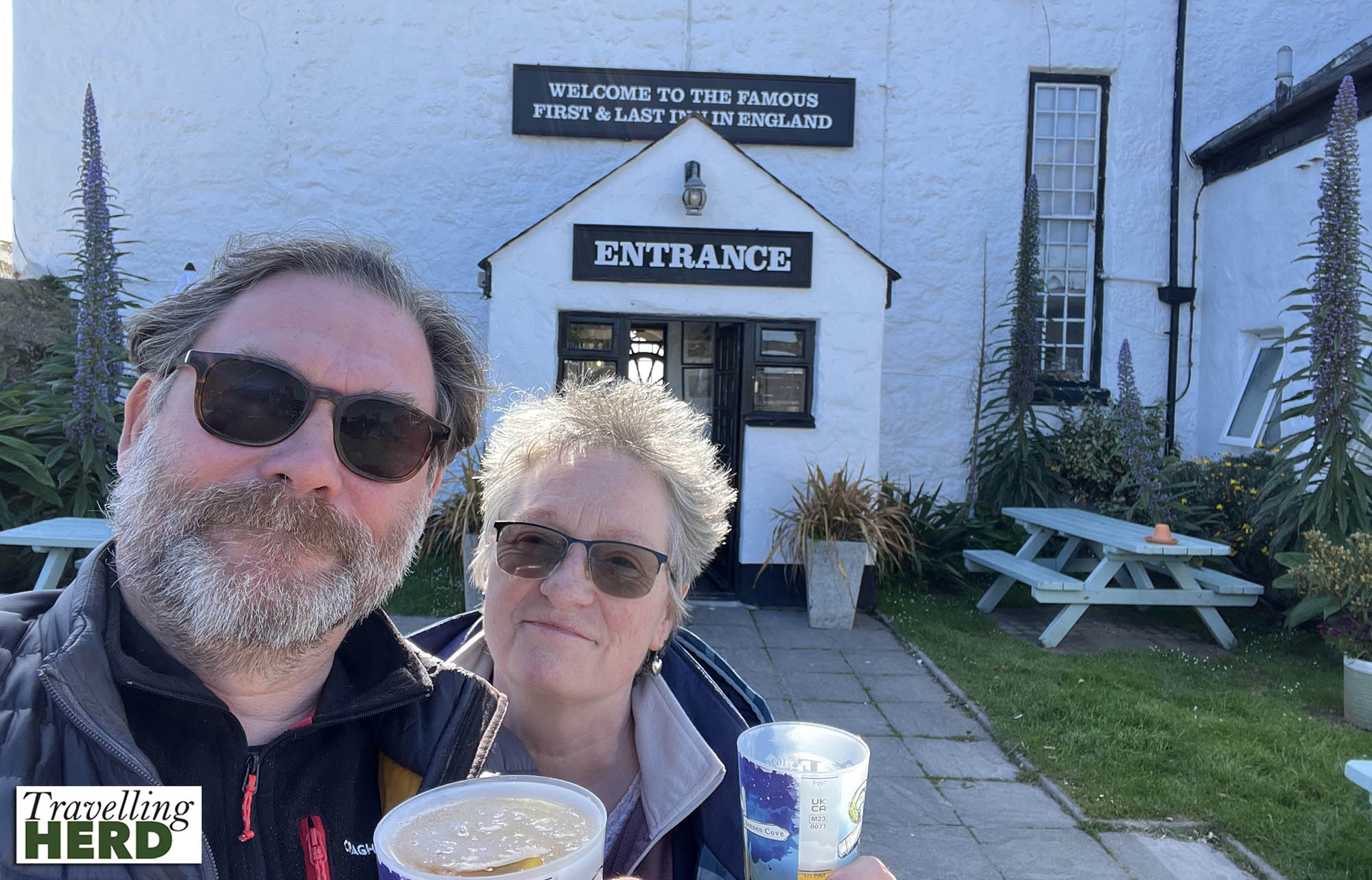Monday 15th May 2023
Once again Matilda was woken early by ear ache and having had breakfast we realised that we had time to visit a pharmacy in Penzance for advice before going for our pre-booked tour of the Minack Theatre.
The hotel receptionist had told a us that there was a pharmacy at Sainsbury’s near the heliport but this had closed last month [in April 2023] and we were directed to the pharmacy attached to the minor injuries unit. Here Matilda was advised to use Ear Calm [which was kept in a small cabinet on the shelves] and call the health centre on the Isles of Scilly if this therapeutic spray did not provide any lasting relief. Reading the active ingredients, it seemed to be comprised predominantly of vinegar.
From here we retraced our steps towards Land’s End and the Minack Theatre nestled on the cliffs at Minack Point above Porthcurno.
This is quite unique. The approach reminded us of the ‘a big reveal’ at the Eden Project: here you walk through the car park, the entrance and down a winding path before the whole site dramatically appears below you.
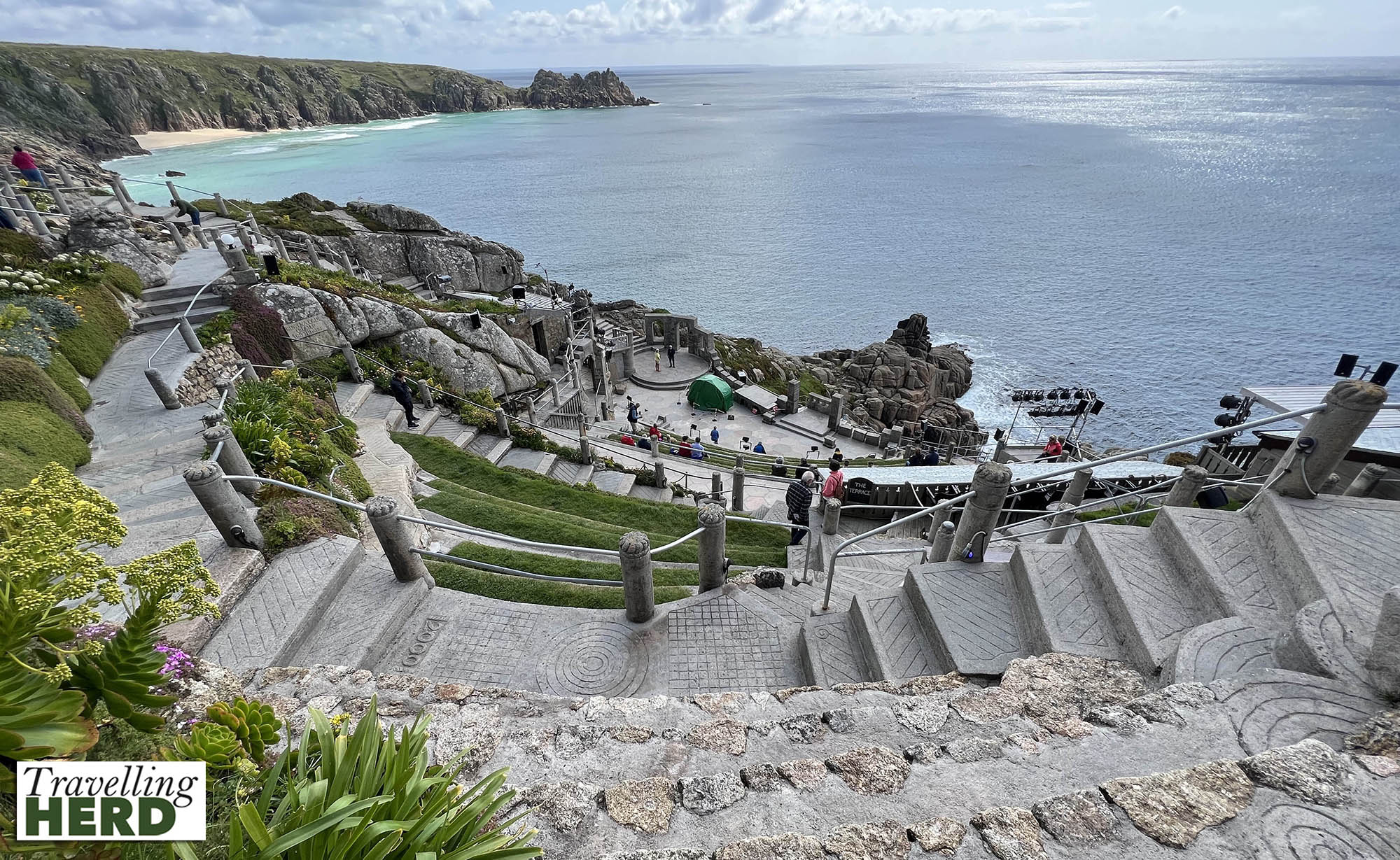
Minack is an open-air theatre created by Rowena Cade in a most unlikely and structurally unsuitable setting: we have seen it many times from the helicopter to Tresco, lying perched on the side of a cliff, above a gully with a rocky granite outcrop jutting into the sea.
Our guide Philip Jackson was very knowledgeable: he had known Rowena Cade since he was a boy and more recently had managed the theatre itself so had plenty of first hand anecdotes to share.
Cade moved to Cornwall after WWI and built a house at Minack Point for herself and her mother. In 1929 a group of local Porthcurno players staged Shakespeare’s A Midsummer Night’s Dream in a meadow at Crean and reprised it in 1930. They decided to follow this up with a production of The Tempest and Cade offered the seaside/cliff edge garden of her house as a suitable location: the sea itself would provide a dramatic backdrop.
In preparation, Cade and her gardener, Billy Rawlings, worked by hand to make a terrace and rough seating, hauling materials down from the house above or up from the beach below. The stage area now slopes rather disconcertingly towards the sea to ensure rainwater drains off.
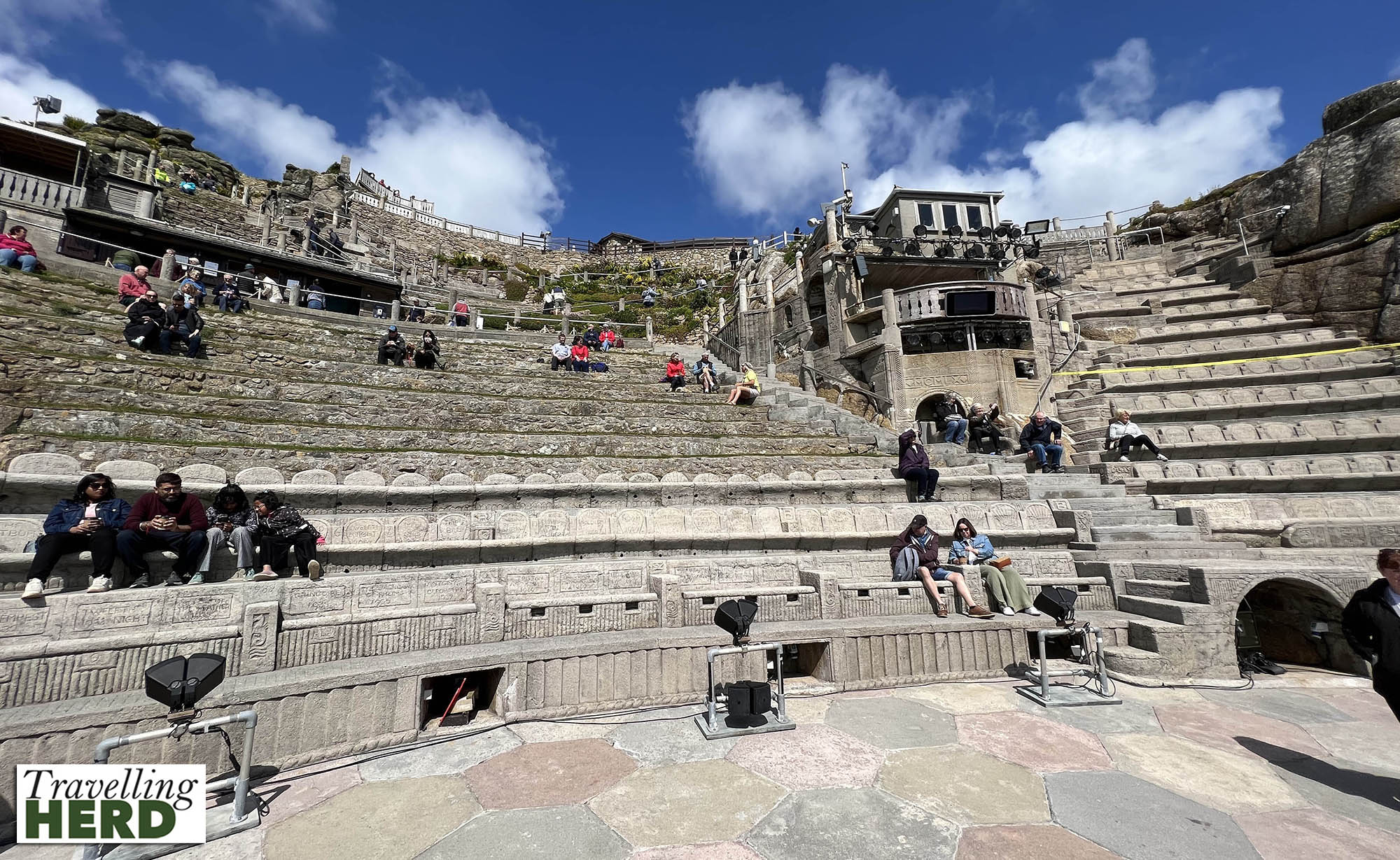
The performance of The Tempest in 1932 was judged a great success and Cade resolved to improve the theatre, working over the winter months each year with Rawlings and other helpers. She continued developing, building and improving the site, which grew almost by osmosis as different features were needed for successive productions, until her death in 1983, aged 89.
Billy Rawlings had an affinity with stone but Rowena Cade subsequently discovered concrete which she mixed with sand from the beach and hand decorated using a screwdriver to etch patterns and words into the wet concrete.
Unfortunately the salt content of the sand has led to some deterioration and repairs are on-going. The balcony originally built for a production of Romeo and Juliet [below right] is no longer structurally sound.
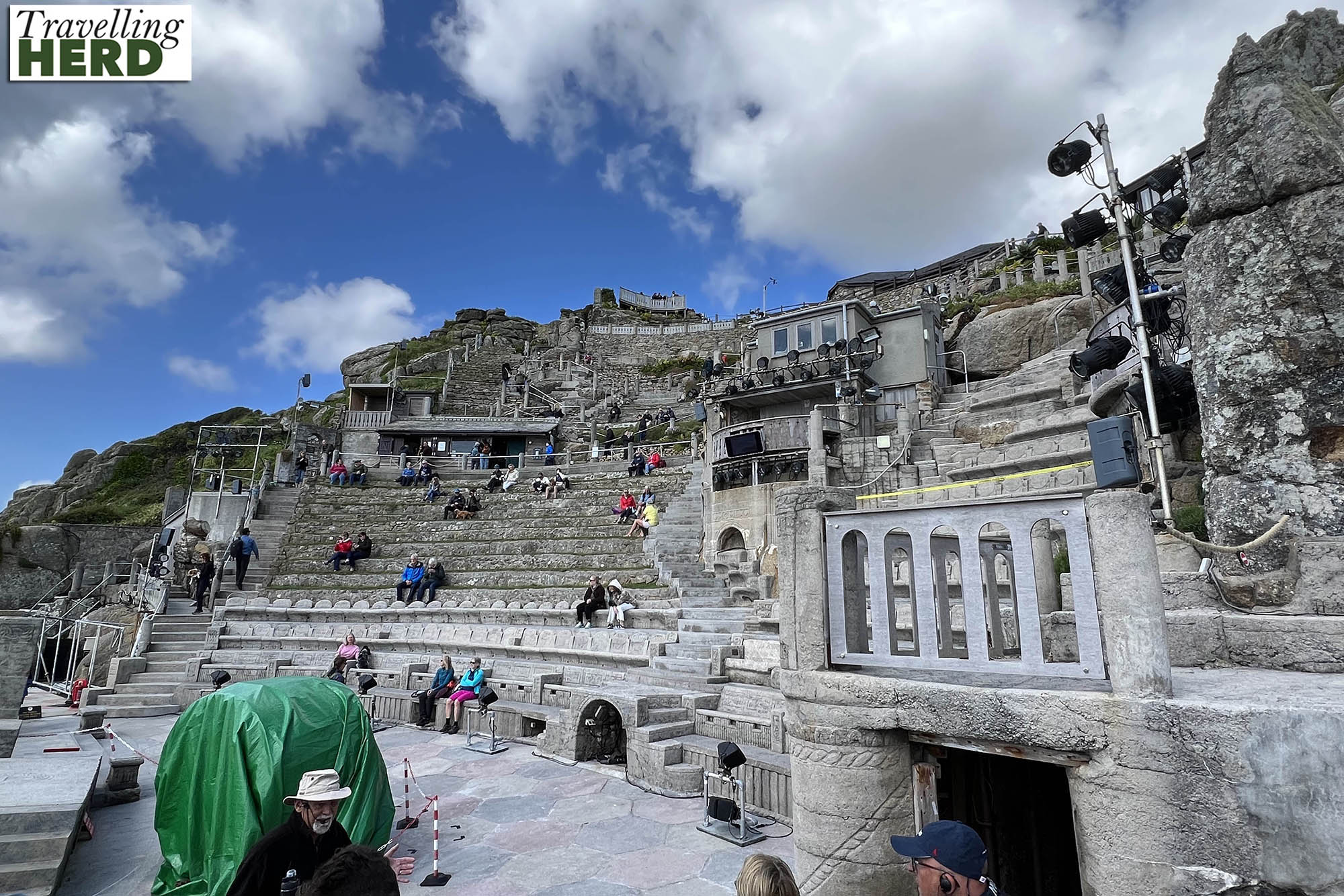
The concrete seats are individually numbered and have been decorated with the names of plays and the years they were performed. There are also drainage channels built into the seats, so that the audience can avoid a soggy bottom.
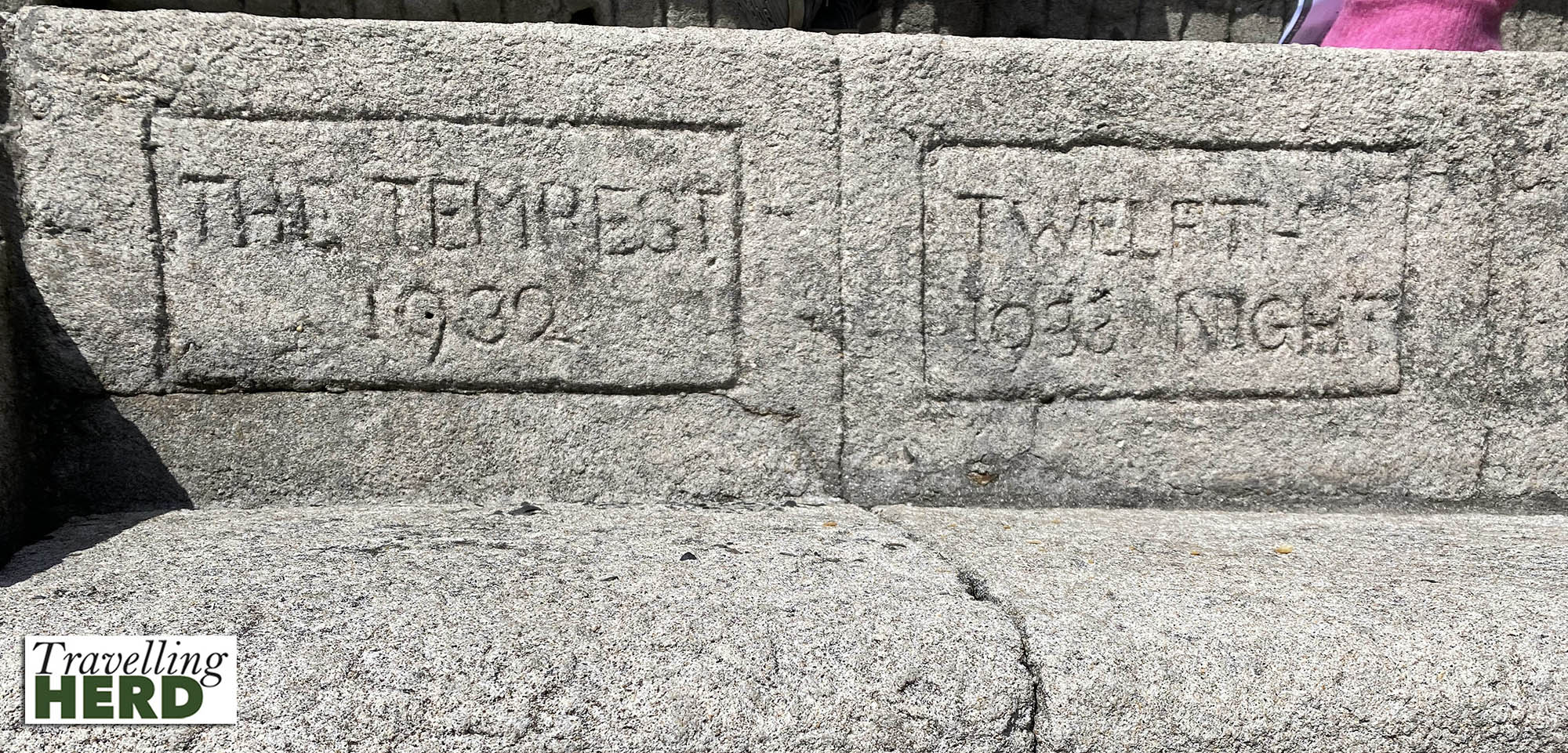
Comfort was not always the highest priority and the first dressing rooms were not built until 1955. The views however are simply fabulous.
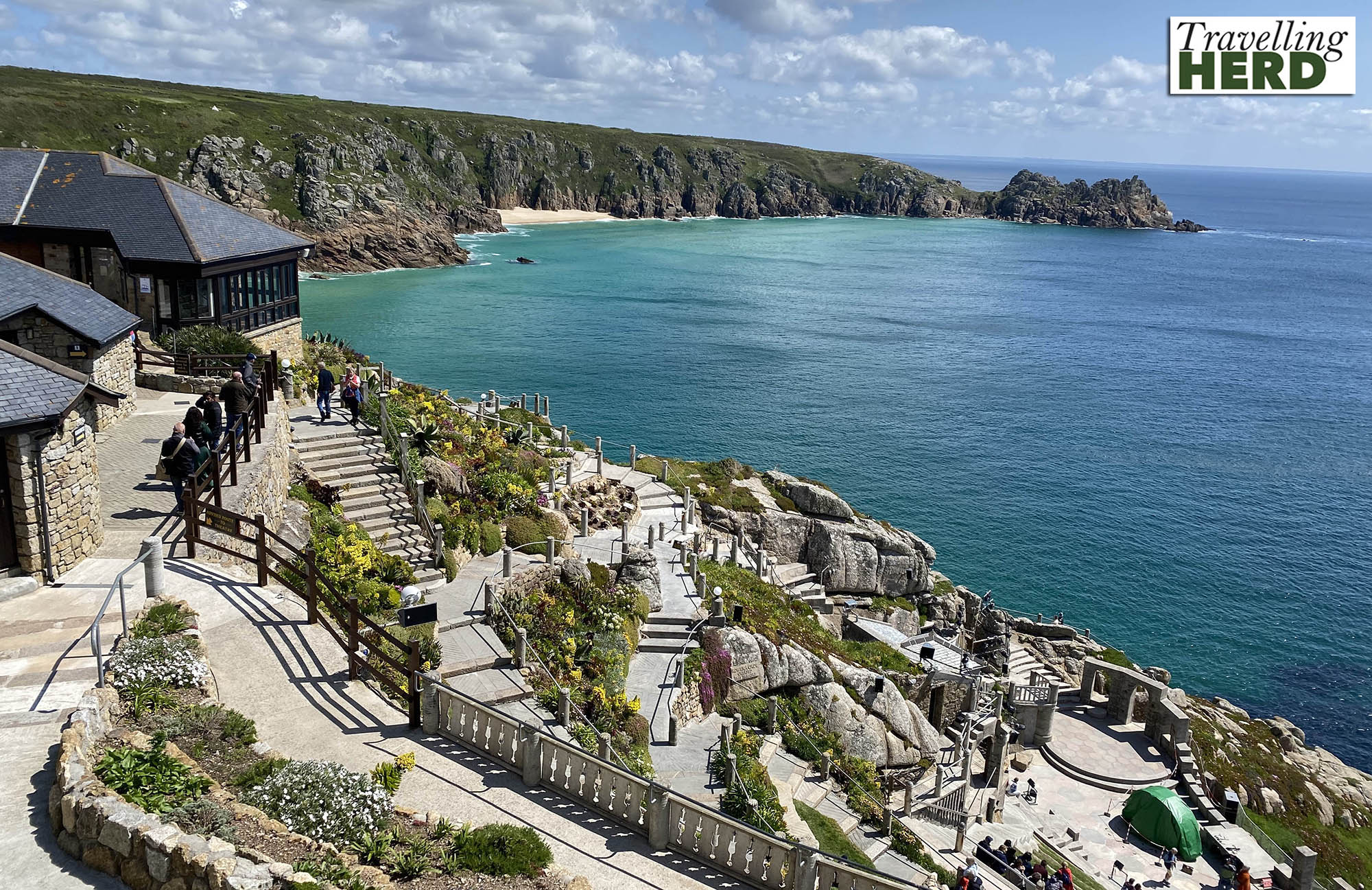
Just visible from the entrance to the Minack is the Cable Hut. After our theatre tour we drove into the little village of Porthcurno where we stopped for a cup of coffee before strolling down towards the beach to see it.
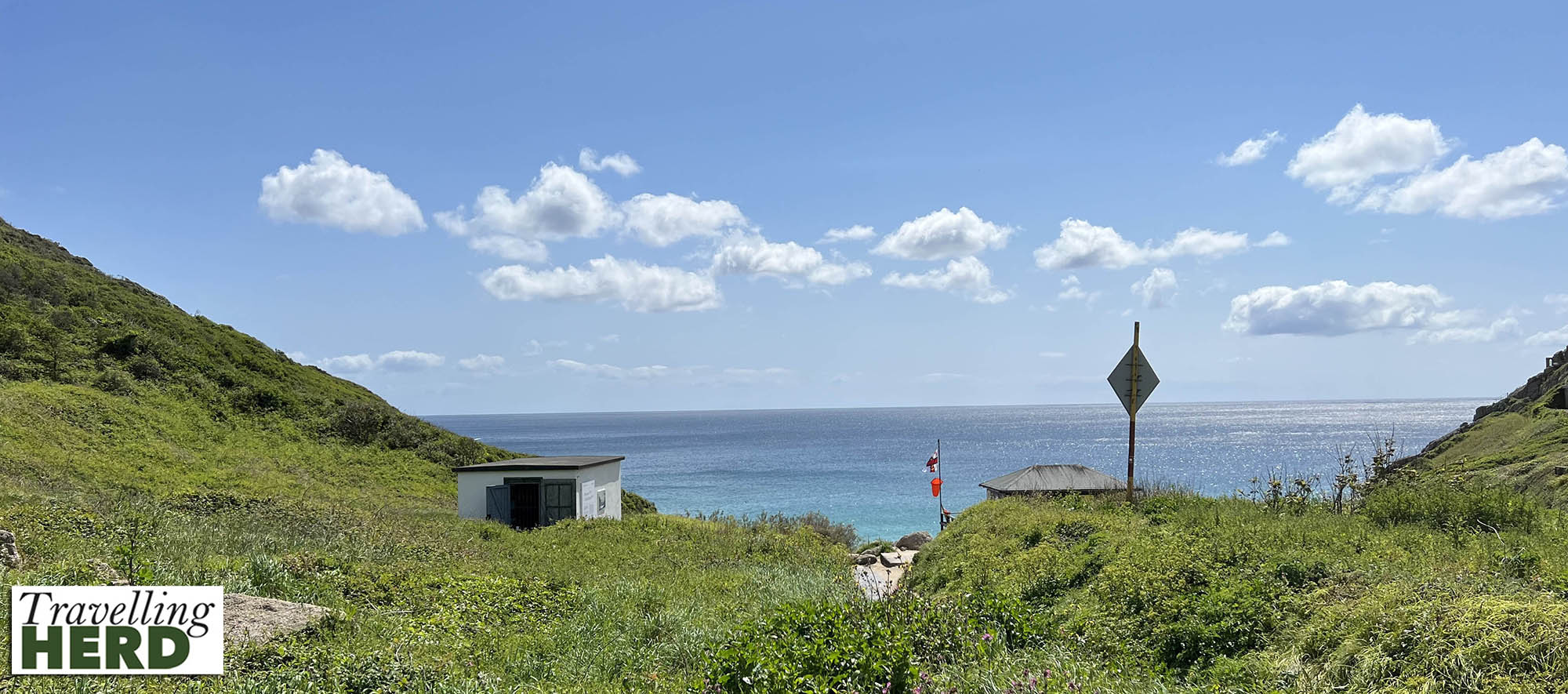
Built in 1929, the. Cable Hut is a small unassuming building and is the place where undersea telegraph cables came ashore from all corners of the world.
Originally it was planned that the cables should come ashore at Falmouth but the harbour there was deemed to be too busy and the shipping presented too great a risk of damage to the cables. Instead, this quiet idyllic beach was chosen, making Porthcurno the communications gateway to the British Empire. The staff had to make their own entertainment in this quiet and largely unpopulated place and were some of the first to perform at the Minack Theatre.
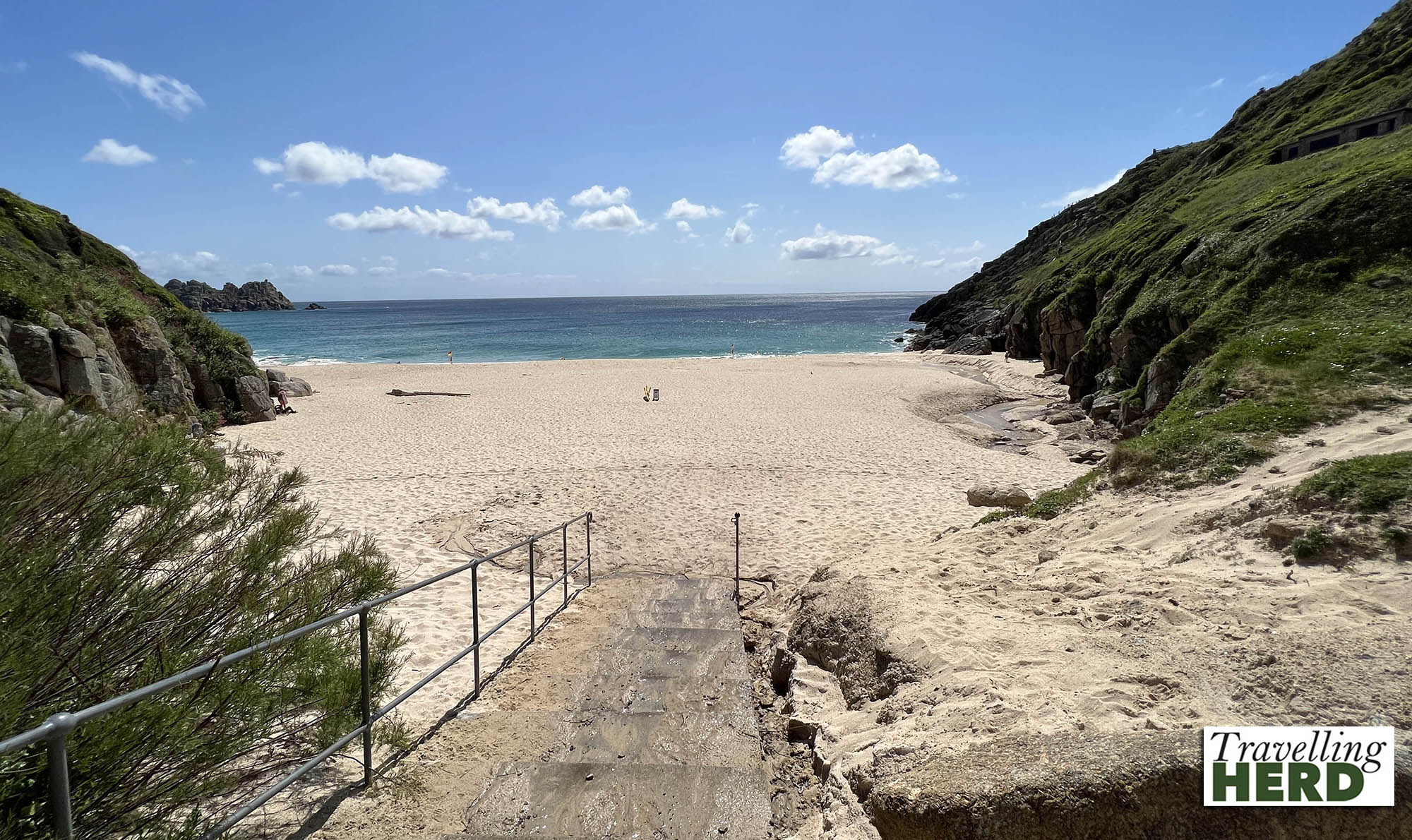
The Cable Hut is the only one of its kind surviving complete with original features and fittings and it contains the largest collection of historic telegraph cables and termination boxes in the world.

In June 1870, the Falmouth, Gibraltar & Malta Telegraph Company owned by John Pender landed the final section of the first Great Britain/India telegraph cable. On 23 June, the first message was sent from Mumbai (then known as Bombay) to Pender’s house on Arlington Street in London. Next day, the line opened to public traffic.
Further cables were laid between Porthcurno and Newfoundland, France, Spain, and Gibraltar.
The telegraphy facility eventually closed in 1970, 100 years after it first began its operations but the centre remained a training college for the communications industry until 1993. The little village of Porthcurno is now home to PK Porthcurno: the Museum of Global Communications which opened in May 1998 and is housed in the former telegraph facility. The ‘PK’ in the name was part of the old telegraphic call sign which became a nickname for the station.
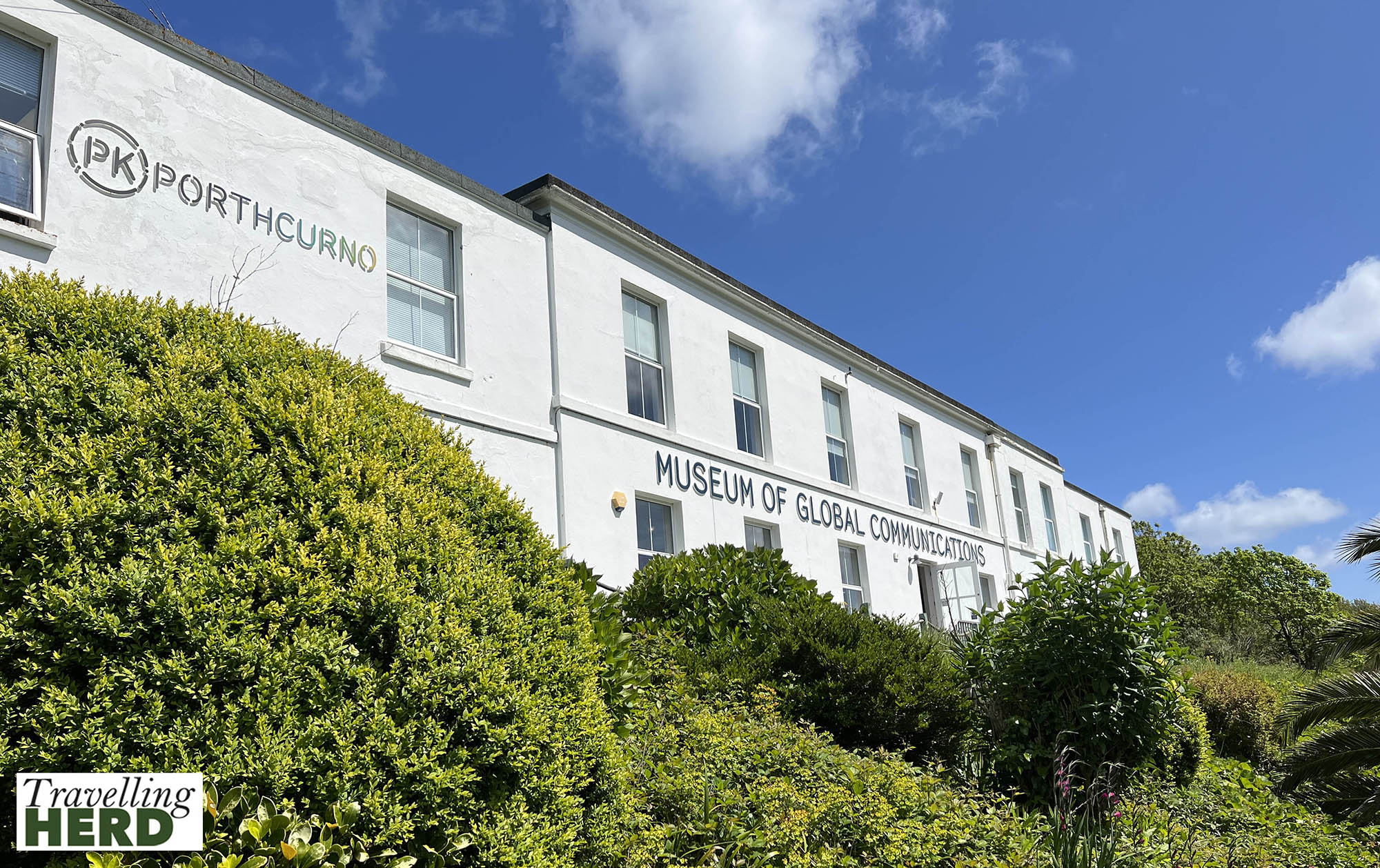
At the outbreak of WWII the existing surface installations were an obvious target and thought to be far too vulnerable to attack. In 1941, local miners were therefore employed to cut tunnels into the solid granite of the valley’s hillside to hide the telegraphy equipment. These tunnels now house part of the exhibition.
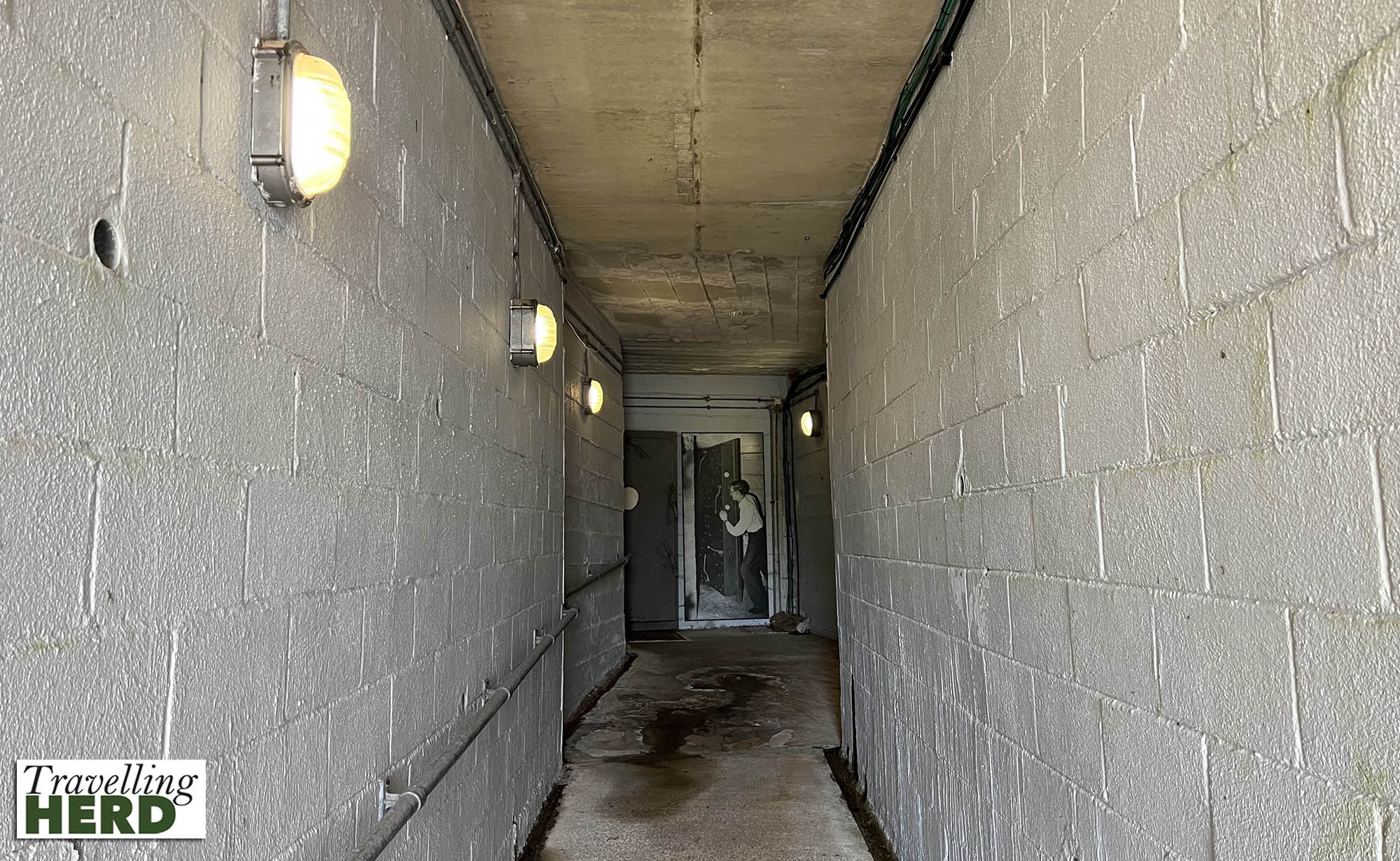
This museum boasts an array of historic communications equipment as well as the Cable and Wireless company archive dating back to 1870 and the laying of the first underwater cable out of Porthcurno.
PK Porthcurno has extensive displays showing the history of submarine cable-laying ships and it seems incredible that the entrepreneurs of the day effectively funded these ships to unroll the cable out behind them onto the sea bed, connecting additional lengths as they went, and hoping for the best.
Indeed the first cable across the Atlantic lasted for just three weeks before it failed. The second one broke as the ship neared America at the end of the voyage to lay the cable. Finally, on the third attempt, they found the second cable and managed to catch hold if it and reconnect it. They continued laying the two cables in parallel and consequently there was a dedicated cable for telegraphy in each direction.
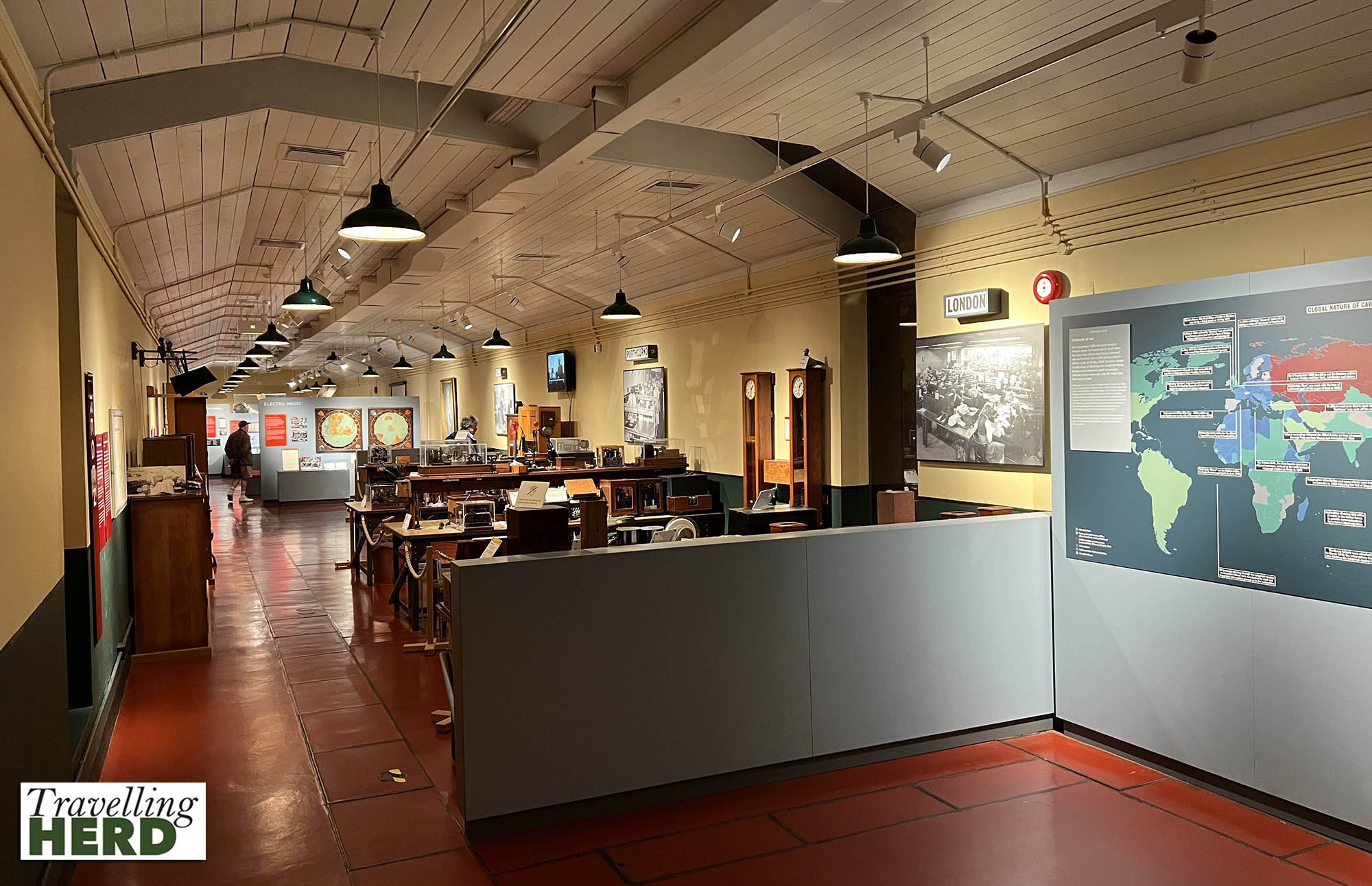
Robert was mesmerised by two clocks [see Video of the day], pendulums swinging in time. There was a timepiece installed at each end of the cables to synchronise the communications pulses between the two ends. This is very similar to the clocks dictating the speed of a processor on a modern computer.
The workshop is still in use by staff and volunteers maintaining the exhibits.
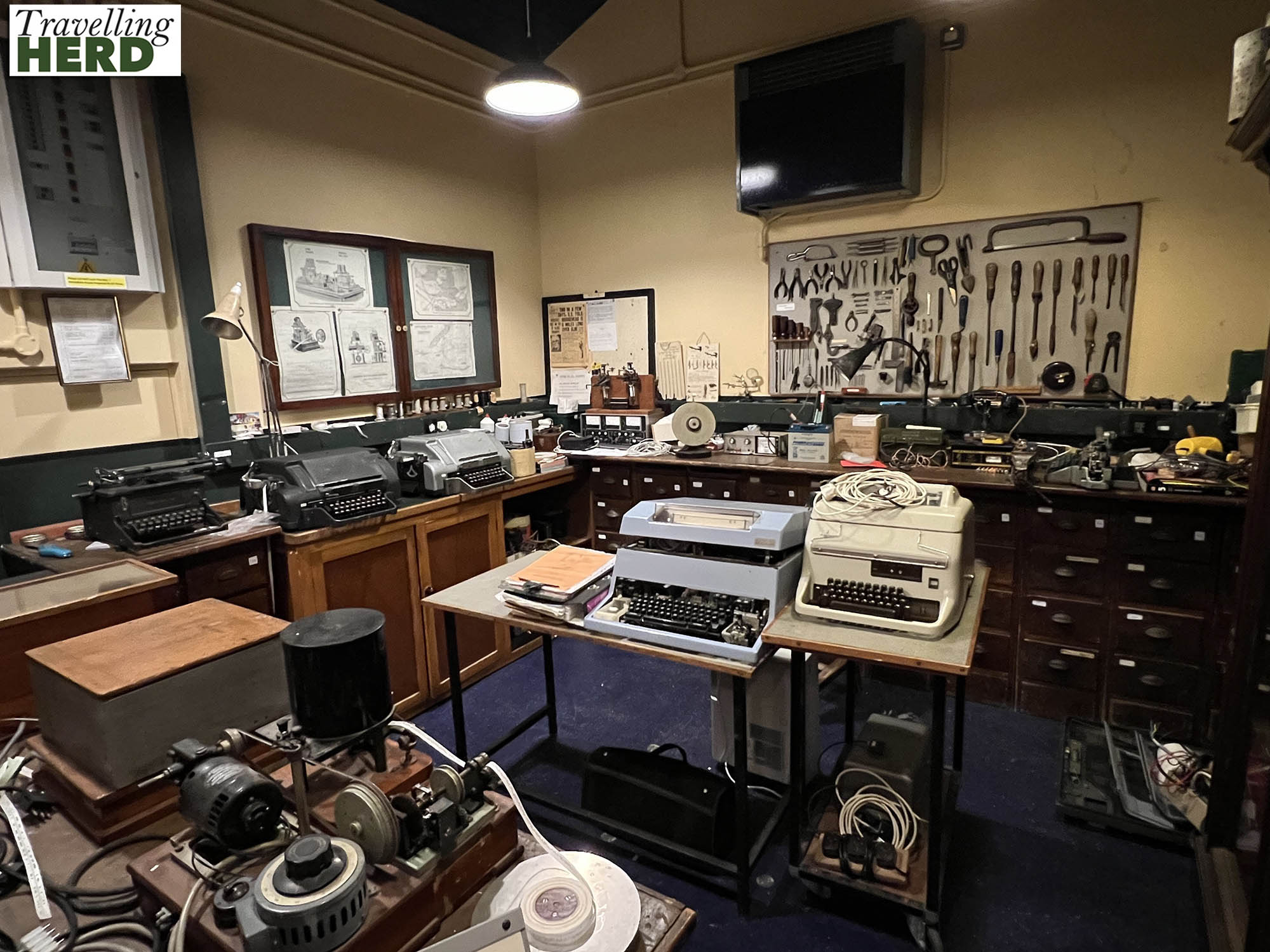
Behind one door you can see the escape route from the WWII bunker.
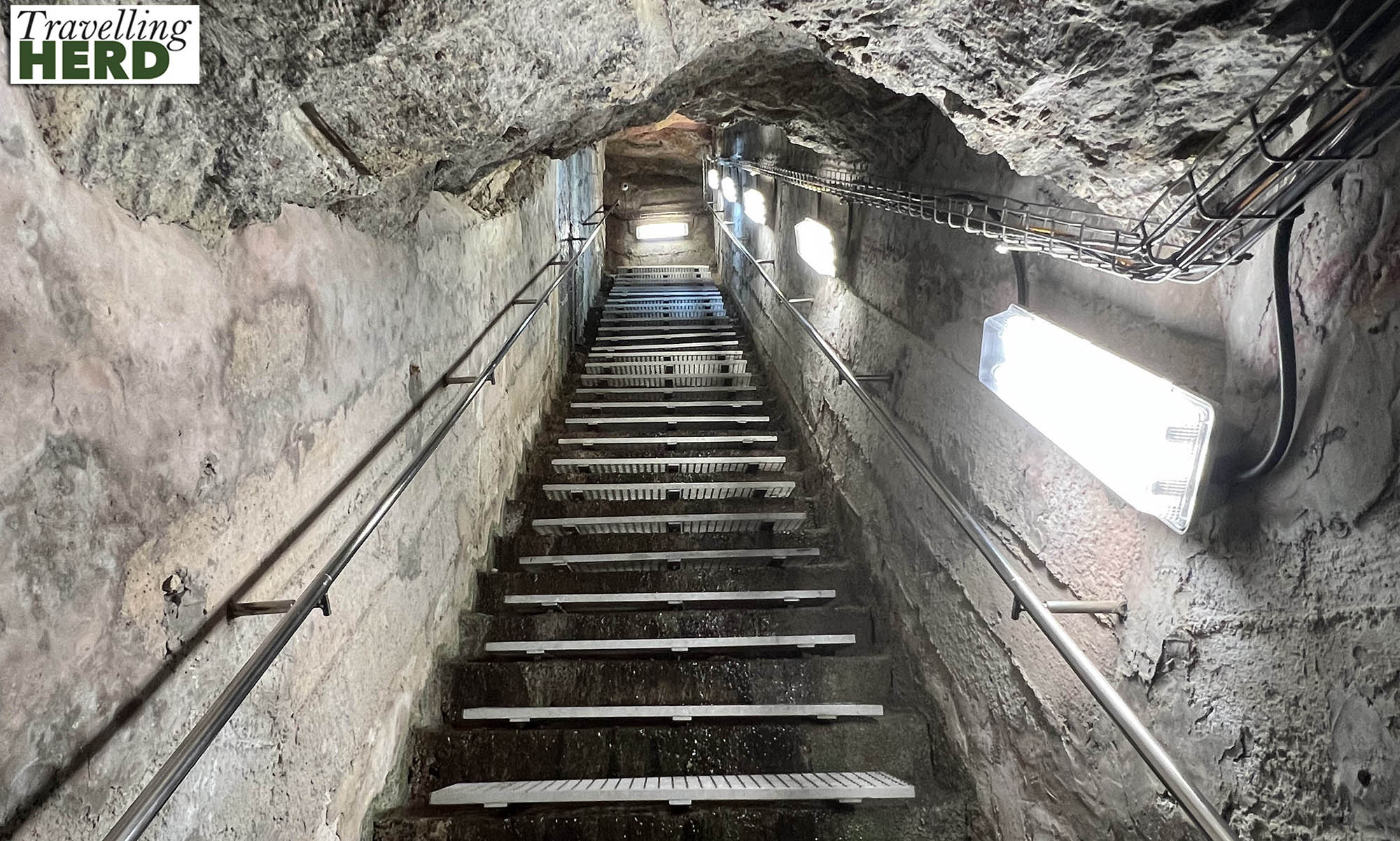
So much history in one small Cornish village. Having visited both the theatre and the museum before lunch-time, we decided we would continue on. Tintagel is on our list of sites to visit, but this represented quite a long round trip and will have to wait for another visit, Instead we decided we would look at St Ives.
Neither of us has been there and we agreed it could be a good place to stay another time close to the heliport but also within round trip distance of Tintagel.
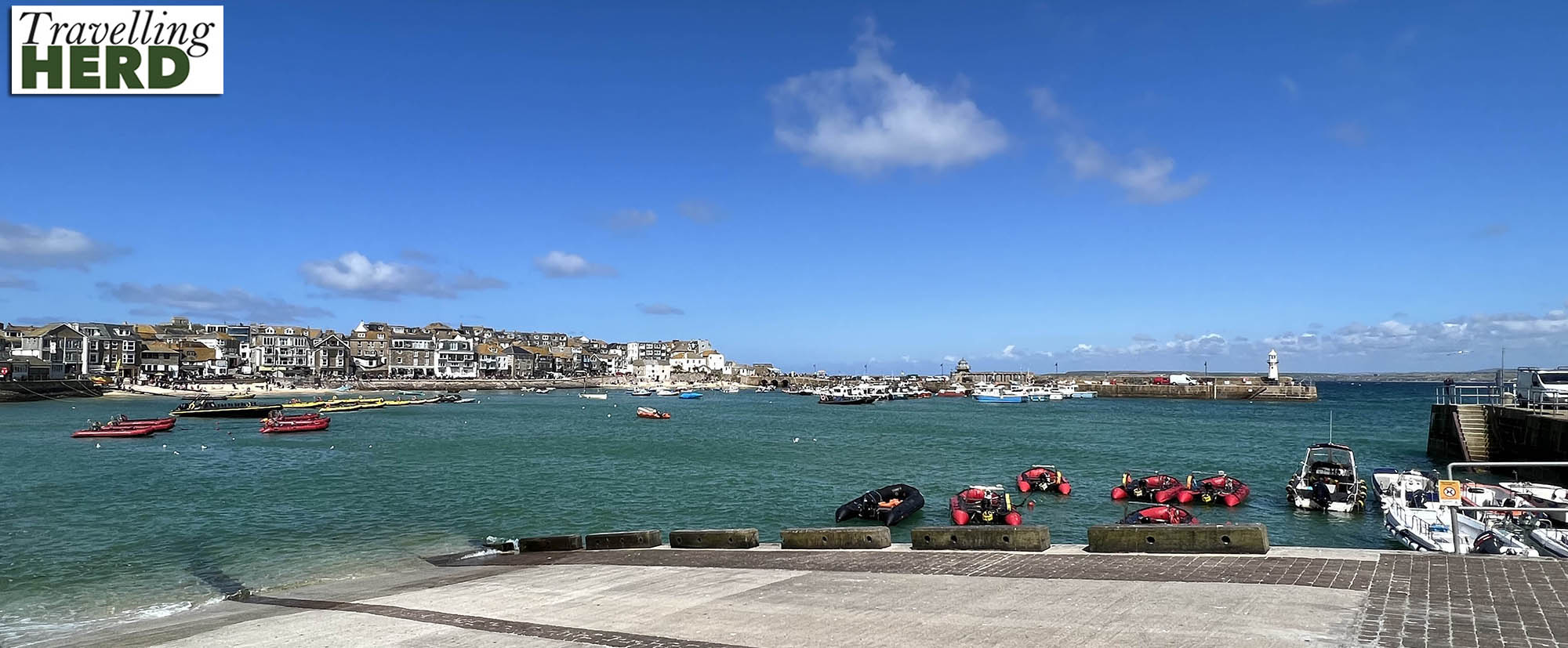
On our way back to the Land’s End Hotel, we stopped at The First and Last Inn [see selfie of the day] simply so that we could say we had been there. This is an old smuggler’s haunt, complete with a tunnel named “Annie’s Well” dating from around 1620 and leading to the cliffs. The landlady, Ann Treve, who gave her name to the well turned Queen’s evidence against the smuggling agent, who served a long prison sentence. She, however, was staked out on Sennan beach and drowned by the incoming tide for her trouble.
A group of cyclists with Jogle 23 on their jerseys had also stopped here, prior to completing the very last stage of their John O’Groats to Lands End fundraiser in aid of a Parkinson’s charity. We wished them well for the final short leg and were pleased to hear the welcoming committee when they arrived at the iconic signpost.
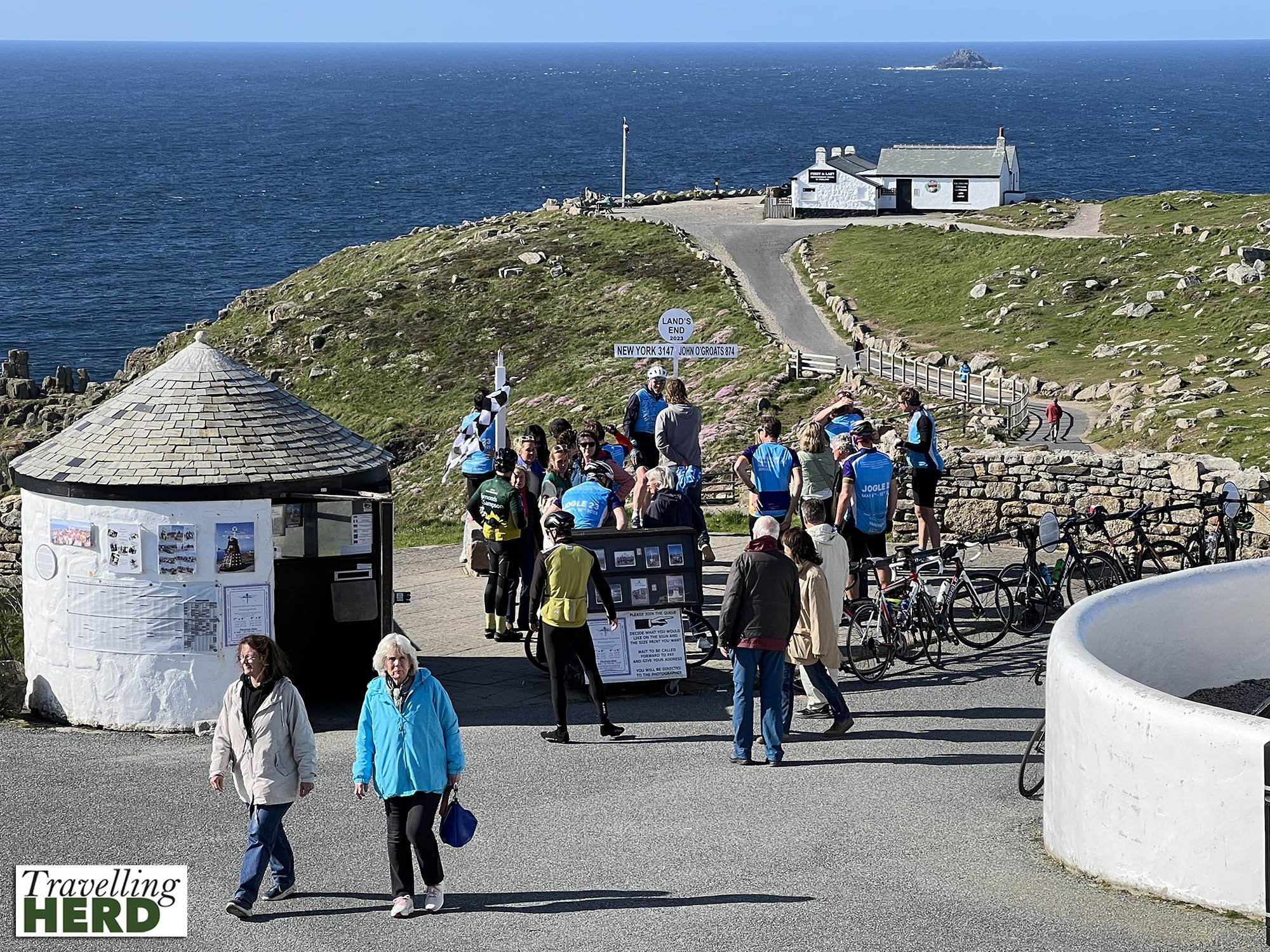
Once again we looked for the green flash at sunset, which Angela had told us about, but were not privileged to see it this time. We will keep looking.
Video of the day:
Selfie of the day:
